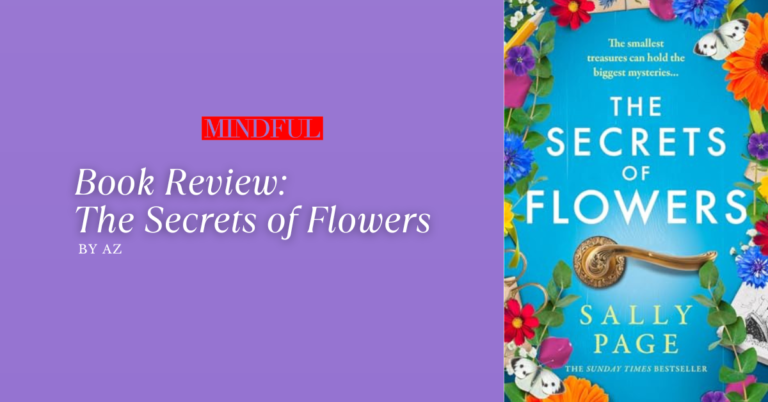The story centers around Emma, who, after the death of her husband, Will, is consumed by a profound sense of loss. This prompts her to leave her university job and pursue a new career in floristry. She begins working as a florist at a local garden center owned by Betty and Les, where her life takes on new meaning when Les invites her to a talk about the Titanic.
Although she doesn’t dare face the group at the meeting, Emma becomes obsessed with discovering the person who arranged the flowers aboard the Titanic.
This search for the floral arranger brings Violet to life — the woman responsible for the flowers on the luxury ship. The story swings back and forth between Violet’s time and Emma’s modern perspective, reflected in the setting where both women express their feelings through the flowers they work with. The contrast, yet striking similarity, is emphasized by their shared closeness to their fathers, their love of flowers, and their artistic compositions. While Emma is the more solid figure, glimpses into Violet’s life are equally pertinent to understanding her world aboard the luxury ship and her passion for flowers. In many ways, the flowers act as a lifeline for both women, guiding them through the challenges of their lives, while the sense of history and time is beautifully blurred.
Emma’s journey from a grief-stricken widow finding a new purpose in life, and Violet’s role as a go-between for her great-grandparents, ties the two women together. It’s enchanting to meet Betty and Les, who take Emma under their wing. Emma’s research, coupled with the wealth of knowledge she gains from the interesting characters she encounters, such as the fascinating Tomas, adds depth to the story. Additionally, the author’s love of flowers shines through, giving a lovely touch to the narrative, especially as each chapter is named after a flower that holds relevance to the chapter’s content.
Woven into this glorious story are elements that resonate with all readers—the need for connection, whether through family, marriage, friendship, or shared interests, something we can all relate to. Grief, self-awareness, guilt, and forgiveness further deepen the narrative. This story is a testament to compassion and understanding. It also illustrates how flowers, as part of nature, can rehabilitate us, restore our zest for life, and rekindle our ability to communicate.
By AZ, a reader/teacher



